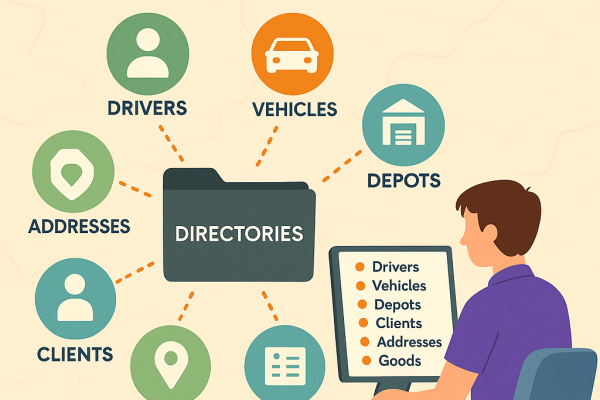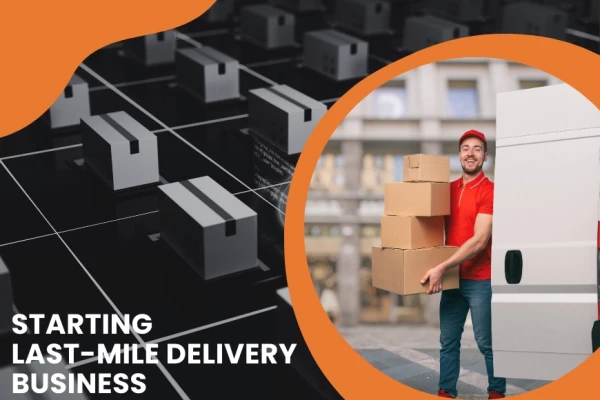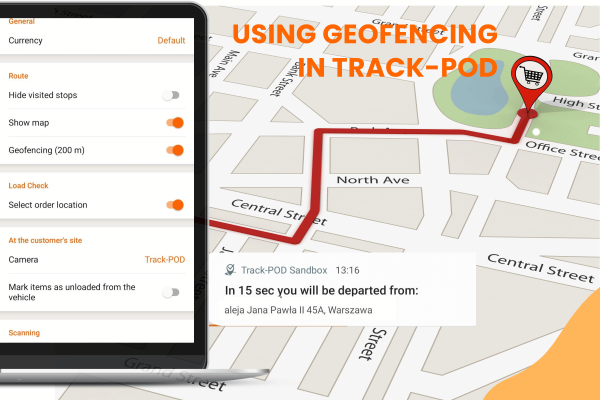- Best Practices
- Last Mile Delivery
What Is Overdelivery & Overdelivery Guide In Logistics

by
Yulia Miashkova
July 27, 2022
Delivery in full, on time is every logistics manager's dream and main objective.
Many delivery operations measure their success by on-time, in-full delivery.. But what if you deliver more (or less than) expected? Does it mean you failed to reach your main KPI?
How do you account for cases of overdelivery? And what can you learn from them?
In this blog post, we examine overdelivery in logistics: what it is, whether or not it's worth doing, and how you can account for it to keep your reporting straight.
Table of contents
What is overdelivery?
Is overdelivery a good thing?
What to do when you over deliver?
What can you learn from overdelivery?
Overdelivery recap
What is overdelivery?
In logistics and transportation, overdelivery occurs when a courier delivers more items than expected under the terms of the order.

This happens mainly in B2B delivery when cargo is transported in large quantities and similar packages. Another case where overdelivery is possible is when manufacturers or distributors transport goods to resellers or store locations.
In the case of pickup and delivery, where a driver visits a hub location to pick up the goods and then delivers them to another location, overdelivery also happens.
Is overdelivery a good thing?
Yes and no.
Overdelivery might seem like a good thing,, but it's not always the preferred scenario for logistics managers. When you don't have the tools to report on it correctly, your numbers don't add up.
When the quantity of the expected goods doesn't match the quantity delivered, logistics and warehouse managers need to find ways to accept and store the extra goods without compromising their reporting.

To do so, managers need the tools to account for overdelivery. Furthermore, couriers need the tools to over deliver, i.e. report on the excess without simply confirming that the order has been delivered in full.
What to do when you over deliver?
Overdelivery happens - there's no way around it. The question is: what do you and your drivers do when they over deliver?
First, you need to account for it. This means you need to have the workflow and the tools in place to let your drivers over deliver and then see this data on your side.
Track-POD delivery software helps you take care of overdeliveries in the following way.
- In your web dashboard settings, enable overdelivery.
- When on location, your drivers can enter the amount of goods they over deliver.
- You can see that overdelivery occurred right away.

This is what the workflow looks like in your web and mobile Track-POD apps.

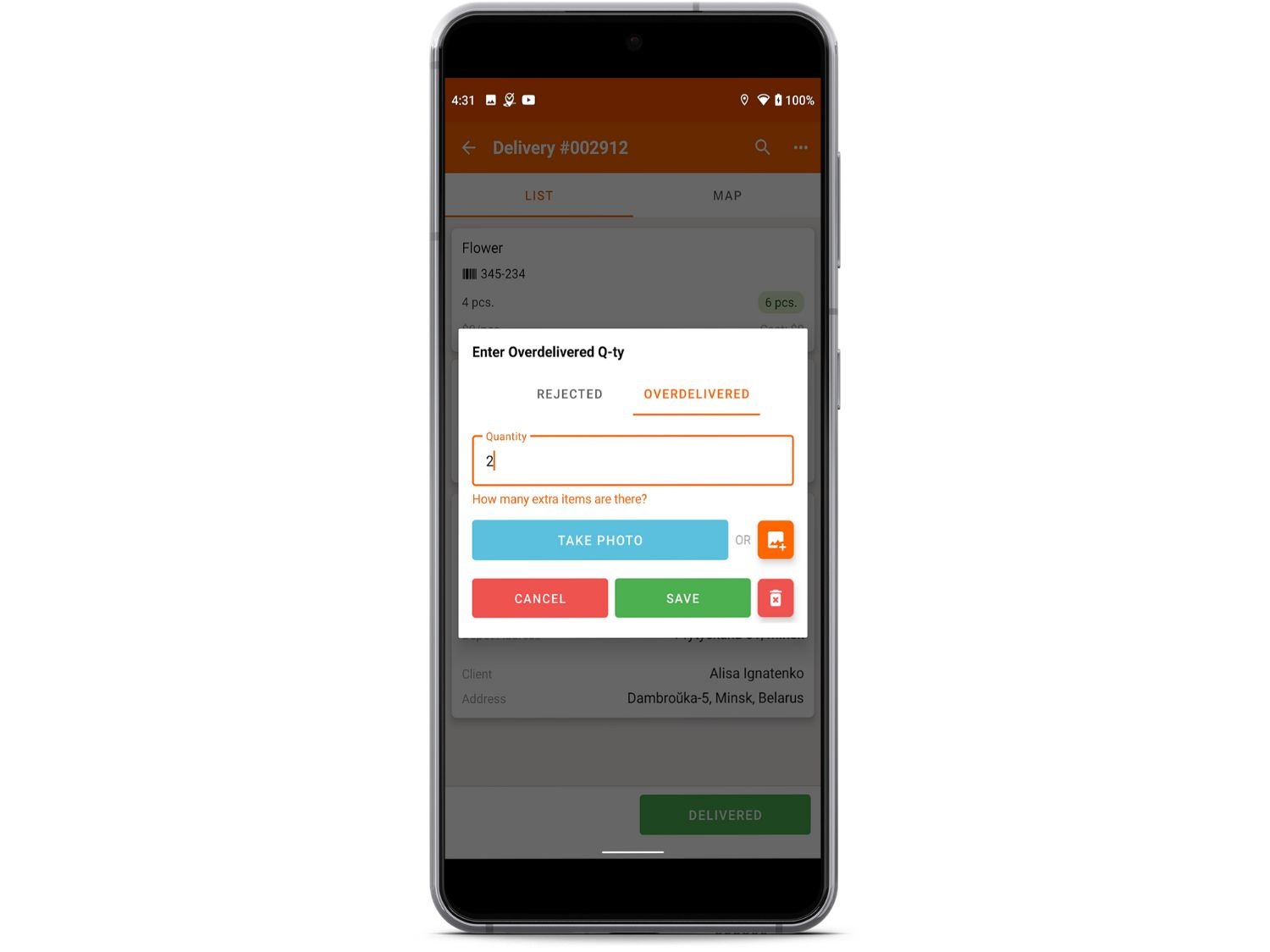

As you can see, Track-POD apps allow you to not only over deliver but also report on it clearly and instantly.
Managers and dispatchers will see the overdelivered and rejected quantities, if any. Delivery drivers can even take or select photos that will automatically populate the web dashboard.
This will also be reflected in shipping reports, specifically in Overview of Items, where you can see the difference between the planned and actual quantity of goods delivered.
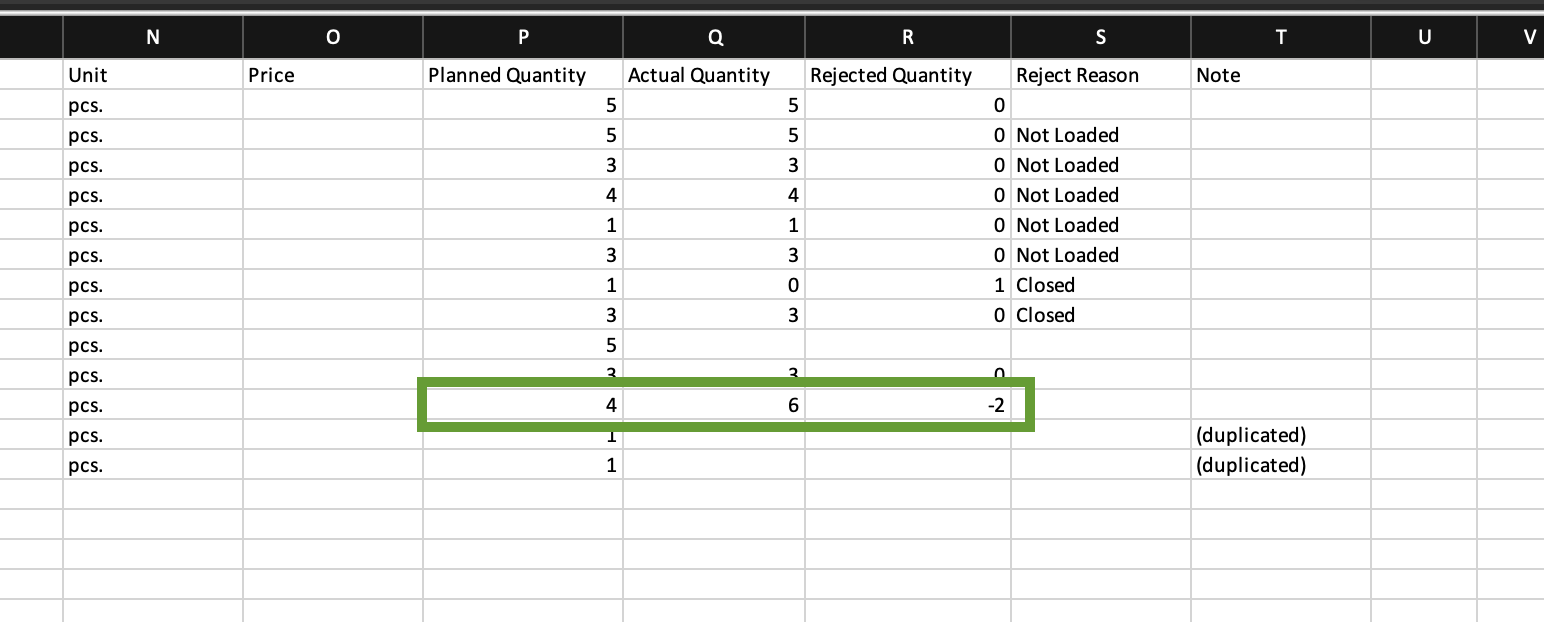
What can you learn from overdelivery?
Monitoring your cases of overdelivery is a good way to gain insights into your actual (vs. planned) performance, which can improve your future planning—both route and inventory planning.
For example, if you see regular cases of overdelivery from a distributor, you can account for more vehicle space during load planning and eventually more deliveries to customers. To deliver a larger quantity of products, you might need more drivers. If you're dealing with driver shortages, contractors will be a big help.
Whatever the cause of overdelivery, you can identify it when you have complete visibility and clear reporting on every case when your couriers over deliver.
Overdelivery recap
Overdelivery is one of the less frequent delivery scenarios that logistics managers still need to account for, especially in B2B delivery.
To keep a clear record of all items overdelivered or rejected, couriers need to report on them and managers need to be able to see everything on their side. Track-POD overdelivery workflow was built to cover all of these needs.
I hope this Q&A is useful. If you're curious about Track-POD delivery solutions, book a personalized demo or start your free trial now.

About The Author
Yulia Miashkova
Growth marketing manager with a background in public relations, SEO, social listening, and Account-Based Marketing.











